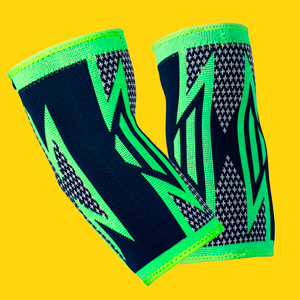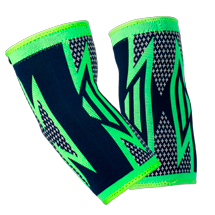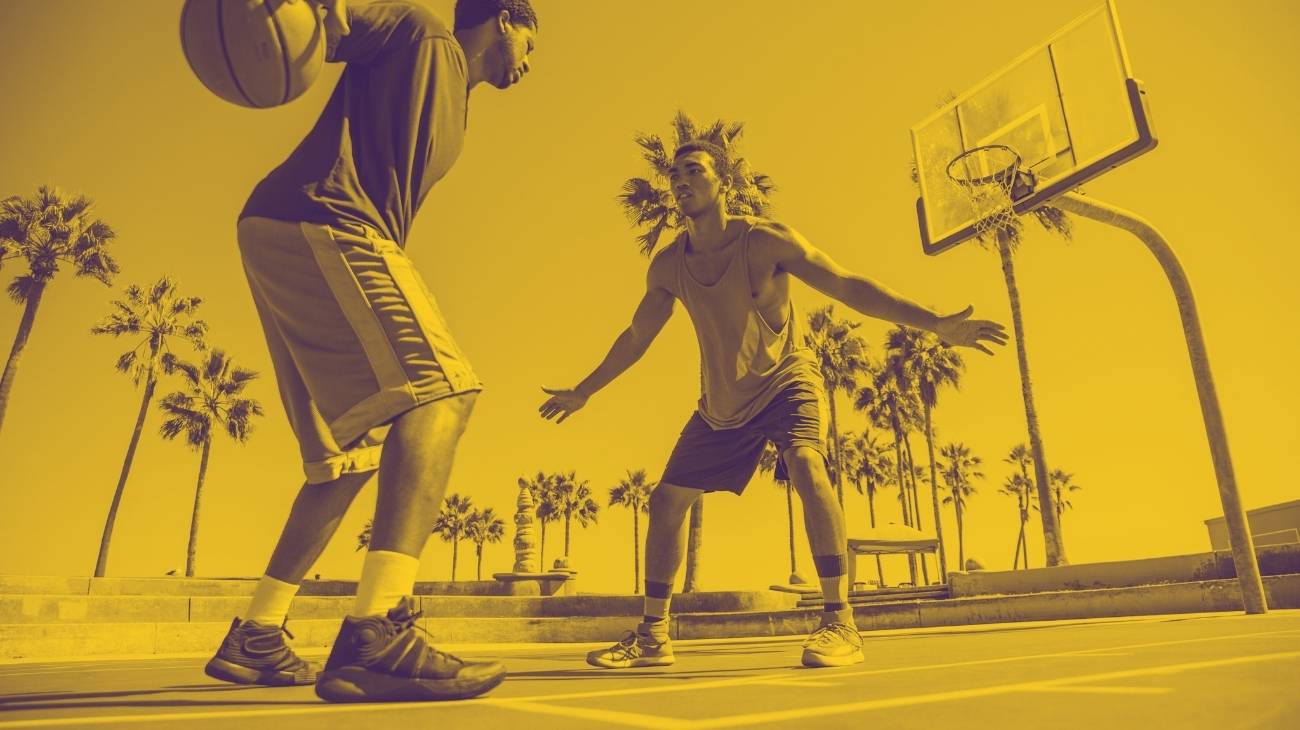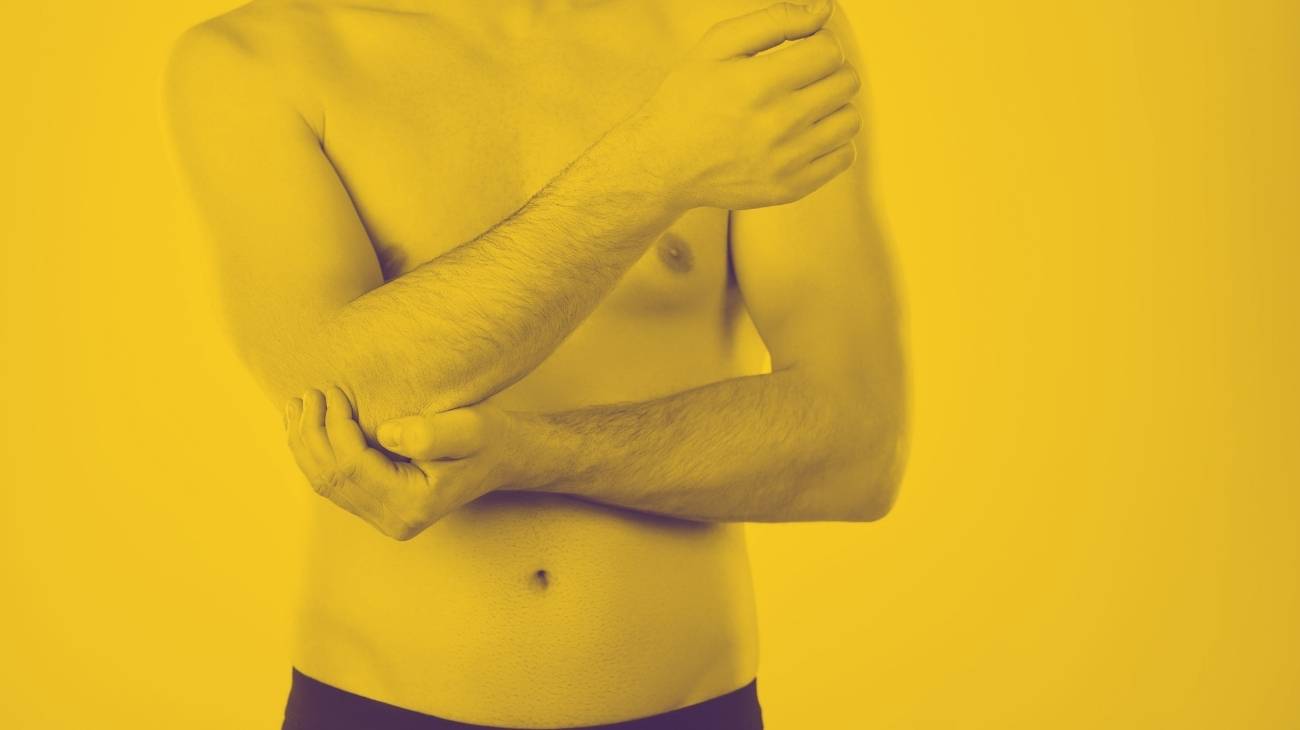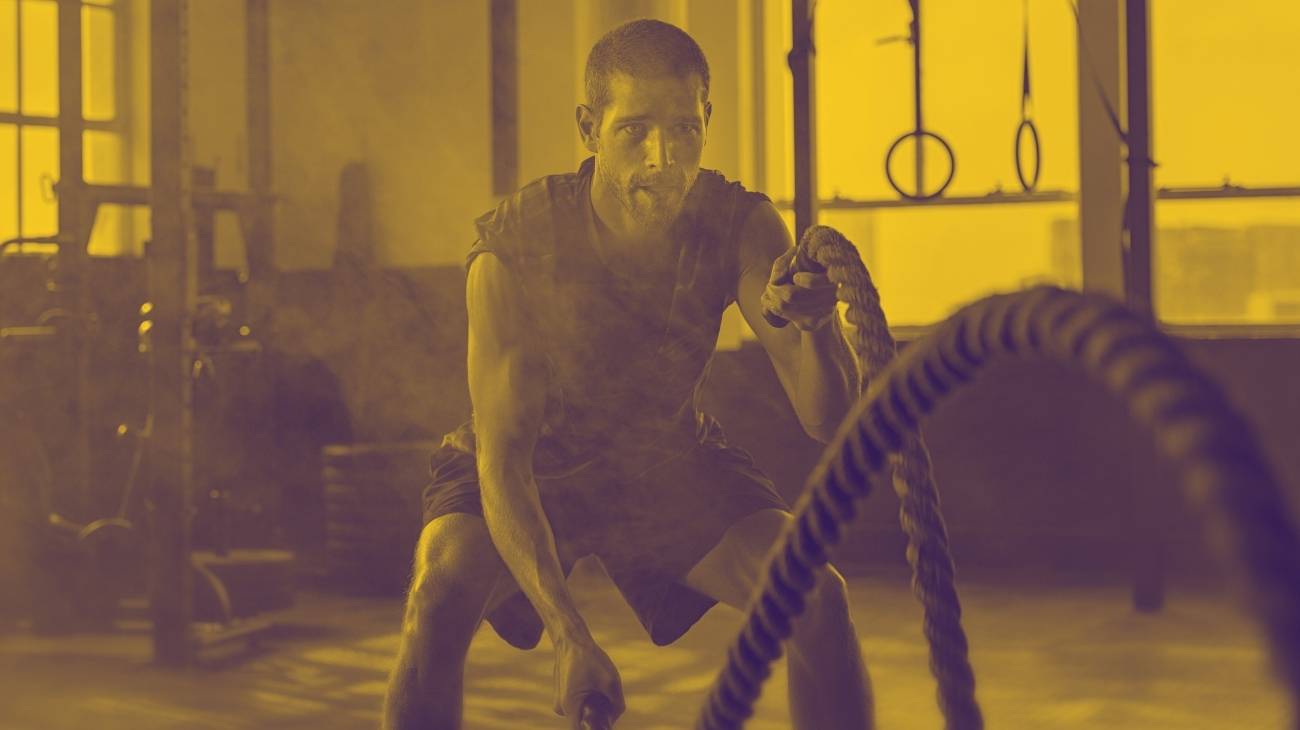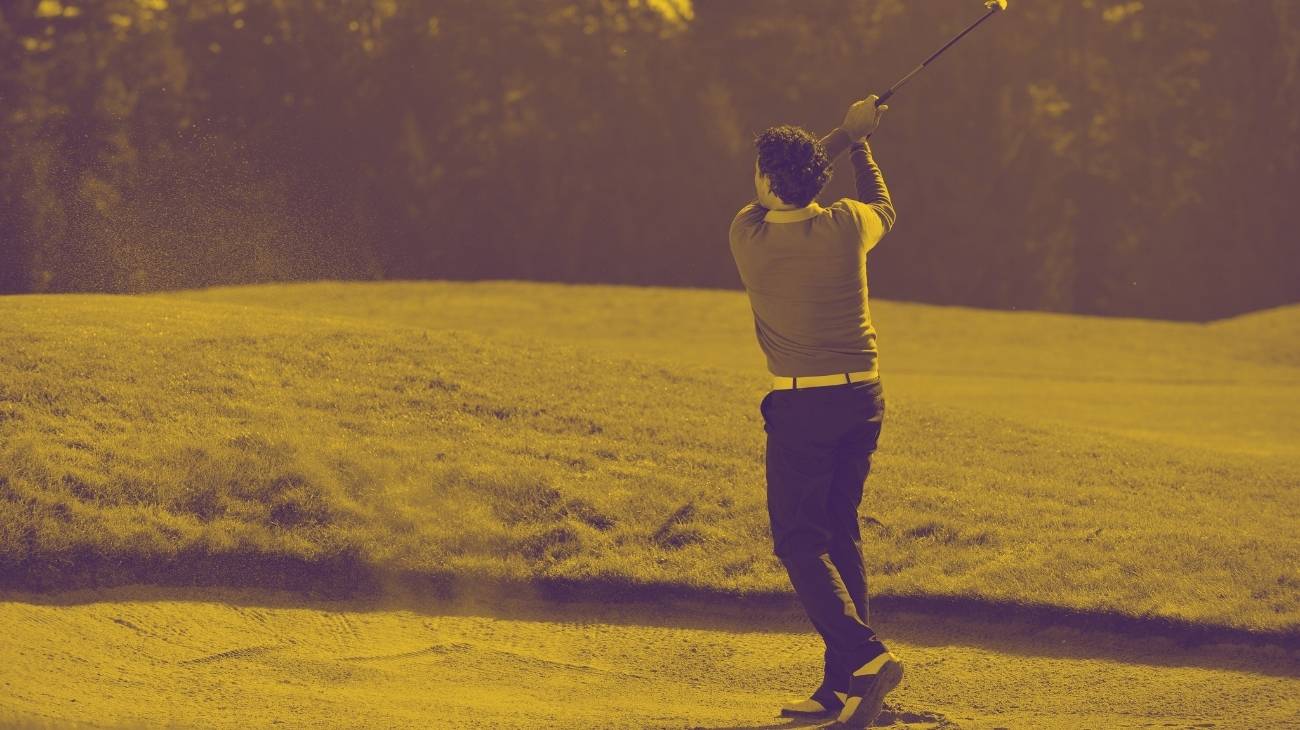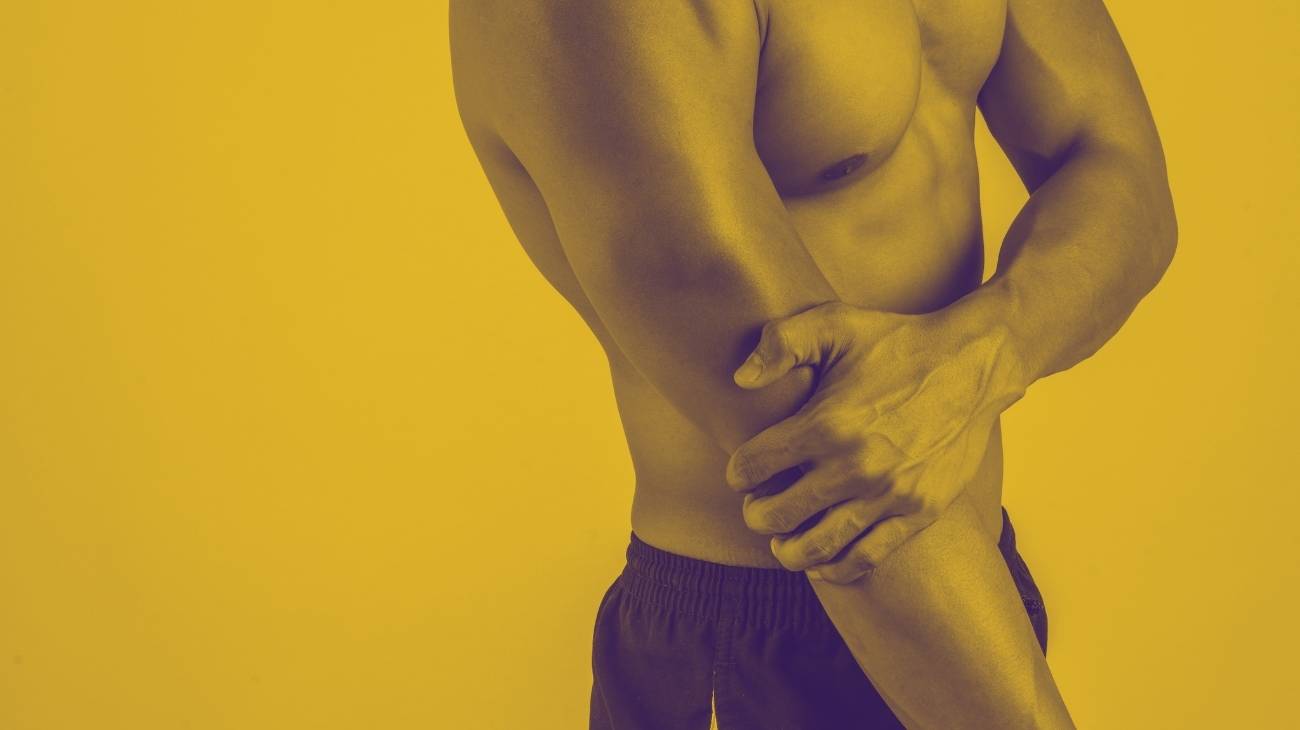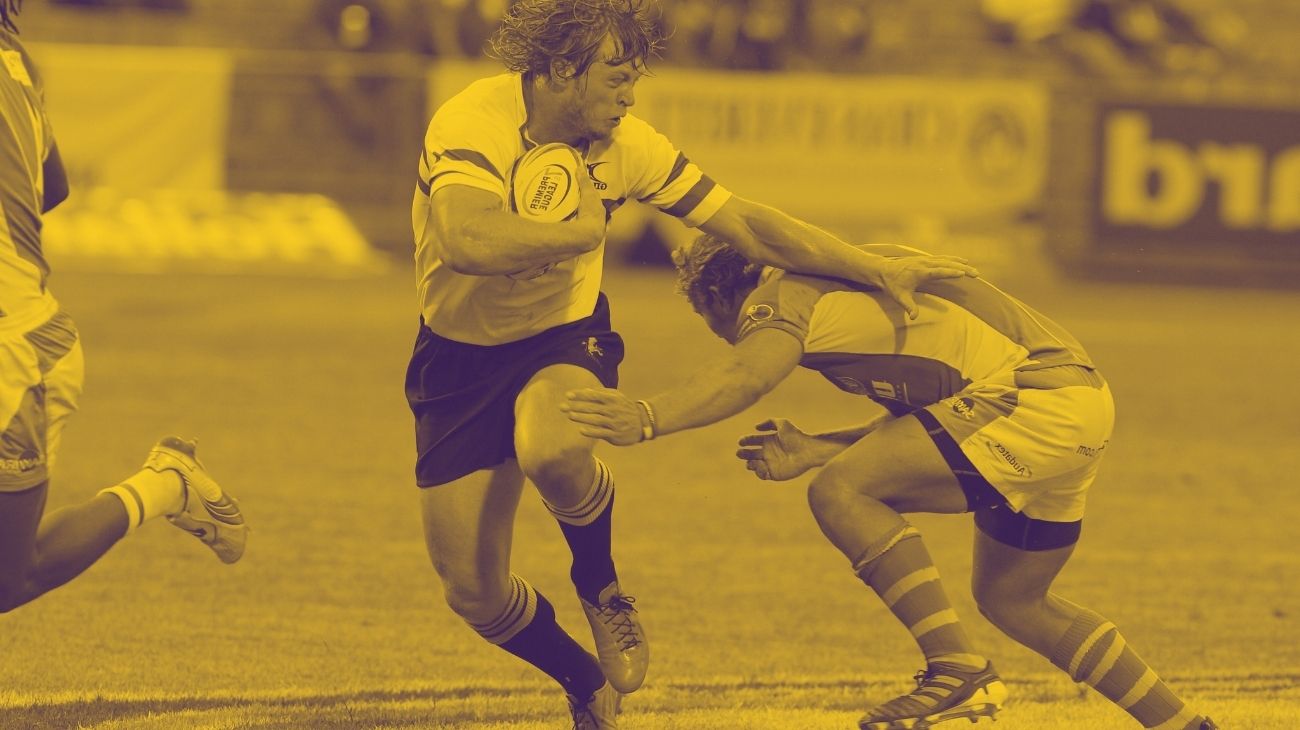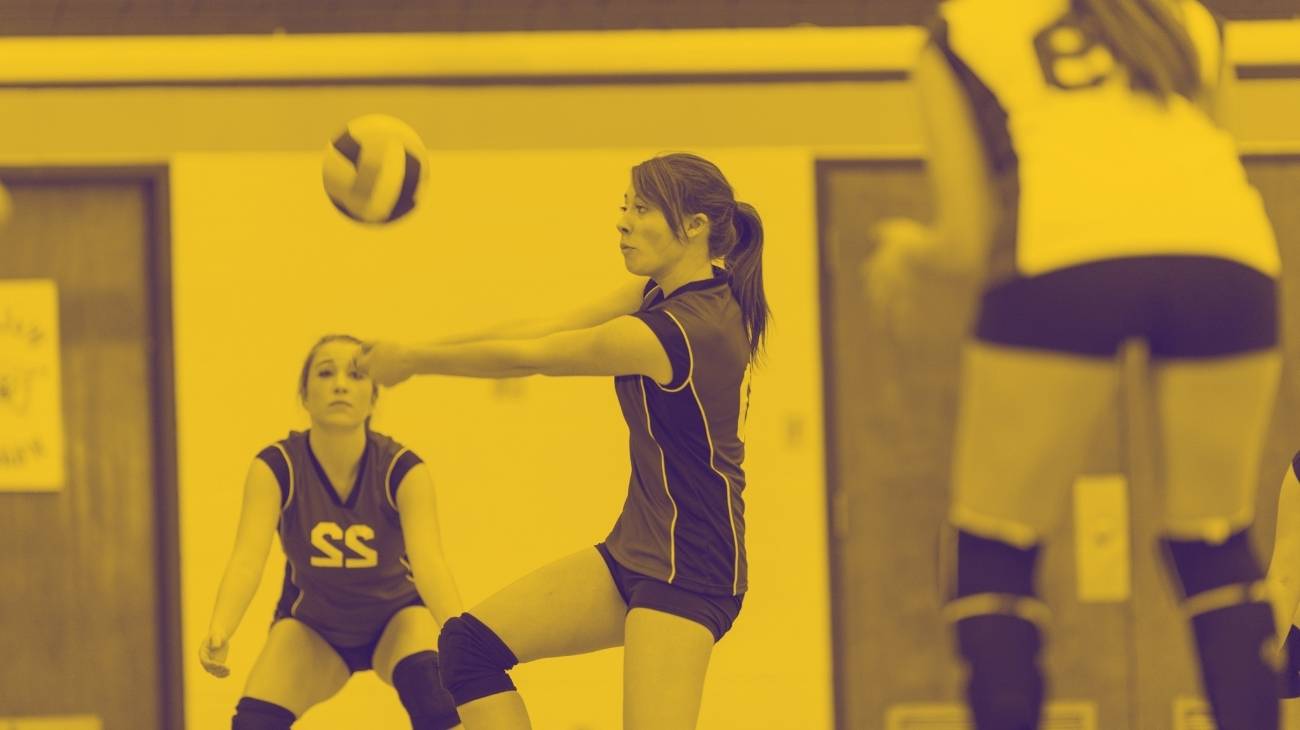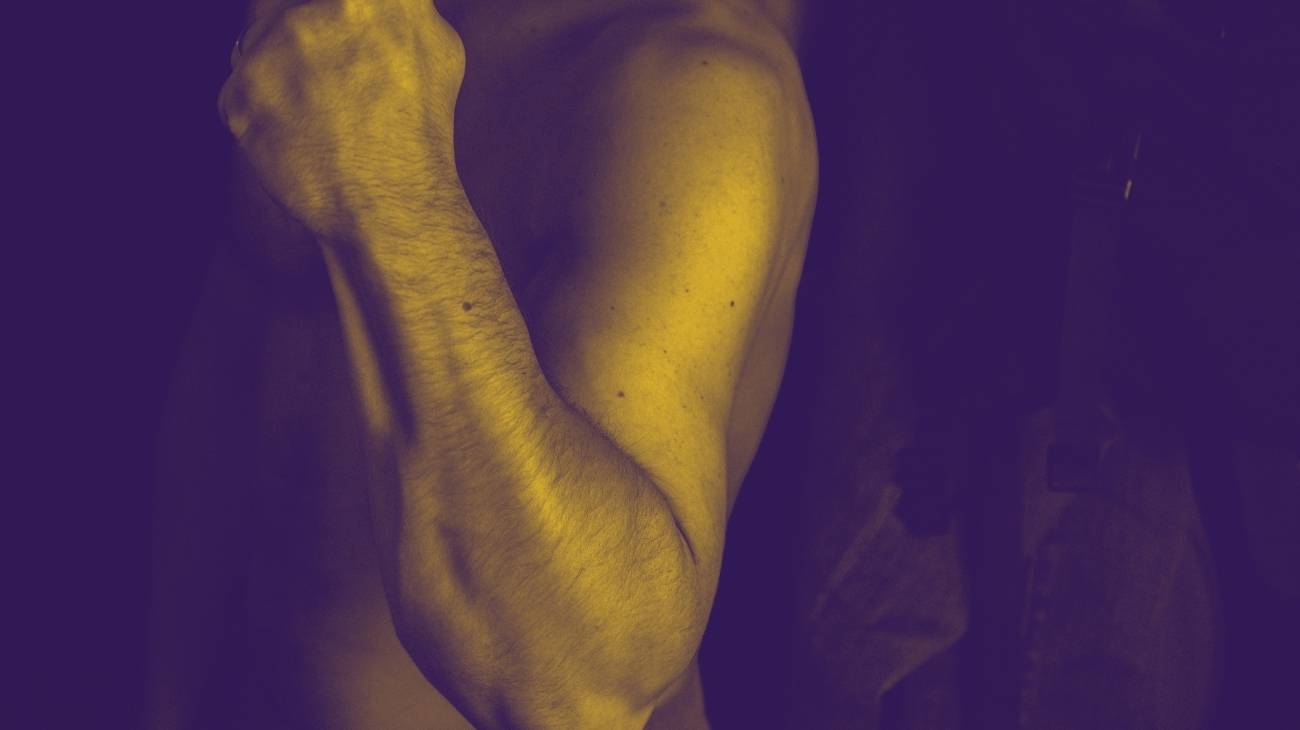- What is the best elbow braces for rugby injuries?
- Video: Elbow joint anatomy
- Types of elbow braces you should know about
- What are the most common elbow injuries in rugby?
- Buying guide: Tips on how to buy the best elbow compression sleeves for rugby players
- Are compression elbow sleeves for rugby really effective?
Rugby is a physically demanding sport, so injuries are common among athletes. The elbows are exposed to all kinds of movements and blows that they are subjected to in every game of rugby. For this reason, elbow braces are essential for prevention and recovery.
For this reason, we explain the most common rugby injuries, the best compression elbow sleeves and a simple guide on what to consider before buying a sports compression elbow sleeve.
What is the best elbow braces for rugby injuries?
- Sizes: S-M-L-XL
- Colors: Green, Pink and Black
- Material: Breathable
- Nº of Products: 2 Pieces
- Uses: Rehab and Sport
- Elastic Fabric
- Double Anti-Slip Silicone
- Ergonomic & Adjustable
- Sport Design
- Unisex
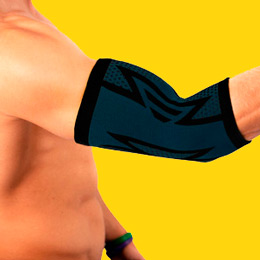
Ergonomic
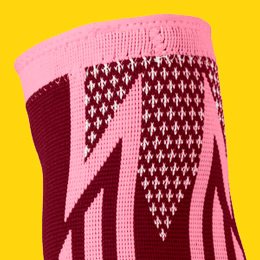
Elastic Fabric

Various Colors
- Sizes: S-M-L
- Colours: Black and Red
- Material: Nylon, Neoprene and Polyester
- Number of Products: 2
- Type of closure: None
- Machine washable
- Strong support and breathable material
- Finishes to improve
Thanks to its nylon material, the splint manages to eliminate moisture keeping the skin away from irritation or itching. Its unique invisible seam system ensures that heat does not escape, which helps to stimulate blood circulation. It produces the desired therapeutic effect to reduce inflammation from injuries and treat elbow arthritis. Machine washable, but be careful as it may lose its anti-slip properties.
- Sizes: XS-S-L
- Colours: Grey
- Material: Spandex, Nylon, Polyester
- No. of Products: Single
- Type of fastening: Closure with elastic straps and Velcro
- Adjustable Tension
- Highly elastic fabric
- Breathable material
- Stabilises the joint
- Few sizes
- Only one colour
By improving blood flow, the NEOtech Care elbow support helps to reduce inflammation and relieve pain. Its breathable material increases wear time all year round. Keep in mind that the upper mouth of the elbow brace should be placed on the biceps, so its diameter will depend on the size of the muscle, if you choose a larger size it will not generate stability and will move down the arm.
- Soothes aches and pains and promotes circulation
- Quality finish
- Soft and comfortable fabric
- Breathable material
- Large sizes
- Not suitable for washing machine
Its different sizes can be worn by men or women on either arm during sports, at work or at night. Don't miss out on one of the best elbow braces for value for money, but bear in mind that as it is not a rigid product it is not recommended for maintaining medical compression in tasks that require overloading the elbow.
- Sizes: M-L
- Colours: Black
- Material: Polyester, Nylon, Latex
- No. of Products: Single
- Type of closure: None
- Strong grip
- Quality finish
- Only two sizes
Don't worry if it's summer or you train in hot environments because with the design and material technology of this compression sleeve, you'll keep your arm dry and free of perspiration. And by applying pressure in the right places, you won't lose control of your movements and it won't slide around on your skin. Don't forget to take the time to choose the right size or it won't work for you.
- Sizes: One size fits all
- Colours: 6 Options
- Material: Polyester
- No. of Products: Single
- Type of fastening: Closure with elastic straps and velcro
- Various colours
- Quality Velcro for better fit
- Breathable material
- Stretch fabric
- Very bulky
- Contains only one unit
Sprains will become a thing of the past because the professional strap can be placed on the elbow and adjusted according to your needs. Its velcro fastening prevents slippage, so you will have the possibility to wear this elastic support for as long as you want. Some buyers may be surprised that the product does not come with instructions on how to put the brace on and the internal seams may cause redness on the skin.
- Breathable material
- Quality finish
- Ideal for everyone
- Great support
- Few sizes
- Not suitable for washing machine
Freedom of movement of the elbow and increased sensitivity are important features offered by this sports bandage. You can wear it every day because its durable quality will always provide stability and pressure in strategic places. The compression exerted by its guides may impair blood circulation in some users with minor injuries.
- Sizes: One size fits all
- Colours: Blue
- Material: Neoprene
- Nº of products: Single
- Closure type: Elastic straps and velcro closure
- Strong hold
- Strap for better fit
- One size large
The optimal support exerts the necessary pressure to maintain muscle control and obtain range of motion in every daily task. Its universal size can be worn by both men and women on both arms and its adjustable strap prevents slippage. Please note that for some epicondylitis injuries the pressure exerted is insufficient.
- Sizes: XS-S-M-L
- Colours: 6 Options
- Material: Synthetic
- No. of Products: Single
- Type of fastening: Closure with elastic straps and velcro
- Elbow brace
- High support
- Does not specify material
It has a superior closed-cell technology pad with a foam that efficiently protects the joint. It can be used in warm weather and in any sport, especially basketball and volleyball, as its long coverage prevents scrapes in falls. The material it is made of is pleasant to wear, but for some athletes it can be uncomfortable because it slips off the arm.
Video: Elbow joint anatomy
Types of elbow braces you should know about
What are the most common elbow injuries in rugby?
Rugby players are constantly exposed to all types of injuries in every sporting encounter, as they must use their elbows to protect, tackle, and throw the ball to their teammates, while always being mindful of the physical impact of their opponents. The elbows are exposed to the most common injuries at all times.
In this section, we'll go over some of the most common injuries your elbow can sustain while playing rugby:
Olecranon Fracture
The olecranon is one of the most important parts of the elbow and the entire arm because it is where the ulna, a bone where the triceps brachii muscle attaches, is located. Injuries in this area occur because the triceps acts so strongly that it can pull the ulna back when performing a high-impact movement that the bone cannot withstand.
In rugby, it usually happens that the athlete suffers a fall and instinctively puts his hands on the ground to avoid it. The injury occurs here because the fall occurs with the arm extended and at this point there is a strong contraction of the triceps, which consequently acts directly on the ulna, which cannot withstand the impact and eventually moves backwards and detaches from the arm bones.
Ulnar Tunnel Syndrome
The ulnar nerve is one of the most important nerves in the arm, as it runs from the neck to the hand and has the ability to contract at various points along its course, including the inside of the elbow. If there is severe compression or irritation of this nerve, it is called "ulnar tunnel syndrome".
This condition is common in rugby for three main reasons:
- Because the athlete bends the arm incorrectly when holding the rugby ball, which leads to compression of the ulnar nerve.
- Because this movement is repeated incorrectly, so that the nerve is not only compressed, but also irritated.
- Since the athlete hits the elbow directly on the inside, the injury occurs immediately, accompanied by pain, a surge of electricity, and the little finger and ring finger fall asleep.
Fracture of the radial head of the elbow
This is one of the second most common fractures in rugby athletes. It is a slightly more complex fracture because it involves many muscles and bones that interact and act directly on the elbow.
This injury often occurs in rugby when the athlete suffers a very quick fall where they do not land properly (with arms bent) and all the weight falls on the palms while the arms are extended. As the force of the impact is transferred from the forearm to the elbow, the head of the radius eventually hits the humerus, causing a compression injury between the two bones. If the rugby player suffers such an impact, but it is more severe, it is considered a dislocation.
Dislocation
These injuries are quite common in rugby and any other sport due to the frequency with which the cause of the injury occurs. Luxations are a more severe variant of radius fractures because they occur when the force of the fall is so great that the elbow cannot withstand the stress of the fall and the upper arm bone (humerus), the lower end of the arm bone, loses contact with the upper part (head) of the forearm bones (ulna and radius).
In rugby, this is often the case when a fall occurs with the arms outstretched on the sole of the hand, or when a tackle with a rugby ball causes the ball to strike with such force that the position of the forearm shifts backward, causing an impact on the inner bones.
Olecranon bursitis
There are small bursae in the elbows that facilitate joint mobility. In olecranon bursitis, the bursae on the back of the elbow become inflamed. This injury is also called "Popeye's elbow" because a bump forms in this area.
It occurs in rugby due to repetitive arm movements that wear down the olecranon and eventually lead to inflammation of the olecranon bags. It also occurs when athletes throw the rugby ball backward or to the side in such a way that the elbow is not properly extended and the joint is affected.
Fracture
Due to its location, it is one of the bones most likely to fracture in a displacement injury, as the force of the fall places it several millimeters further back.
In rugby, it is common for an athlete to fall during a game or practice. Most often this happens in the middle of the game due to a collision with an opposing player, where the first player falls, but not correctly, i.e. with arms outstretched. The impact takes place between the capitellum and the humerus, resulting in a pressure injury between the two.
Buying guide: Tips on how to buy the best elbow compression sleeves for rugby players
The compression sports elbow sleeves available in the market have certain specifications or features that make them more or less suitable for you, depending on what you will be using them for or what you need for playing or training rugby.
Depending on the function
- Elbow braces to relieve pain and inflammation: Sports elbow braces relieve pain from minor injuries while you wear them, whether you're at a game or rugby practice. They also help reduce inflammation in the elbow to prevent it from getting worse.
- Elbow sleeves with Compression: compression is one of the main features of all types of sports elbow guards you can find. This feature is the extra support that the garment gives your elbows when you are performing very demanding movements during rugby games or training, especially when you need to stretch and bend your arm.
- Elbow braces to protect you from all kinds of injuries: these compression pieces provide extra protection that the elbow alone may not be able to provide. Protecting the joint while playing rugby is very important as it prevents you from sustaining an injury or, if you already have an injury, preventing it from recovering and progressing and getting worse.
- Immobilizing elbow supports: this feature is specifically equivalent to elbow supports, which primarily aim to keep the elbow completely rigid, as a protective and recovery measure after serious injuries or post-surgical events, where it is best for the joint to remain immobile so that it can recover better and faster.
Material
The material is another feature that should not be ignored, as it affects the quality and effectiveness of the compression sports elbow brace. There are various materials available on the market, all of which are designed to maintain the compression of the elbow and protect it.
Some of the most common and effective materials you can find are listed below:
- Neoprene: Breathable, durable, soft to the touch and stretch resistant.
- Stretch nylon: Lightweight and very effective in terms of compression. They regulate body temperature and keep the elbow warm.
- Silicone: Prevents the sports elbow sleeve from slipping during demanding rugby movements.
Type of support
The compression sleeves for rugby that you can find in the market are of the quality and price that you can afford and that your elbows need to avoid injury. So, you need to think about what kind of compression support you need and what kind you want.
- Velcro: They are great for protecting the elbow as they provide extra support and structure to the ligaments, muscles and of course the bones in this area of the body. Also, you can decide how tight you want your elbow brace to be, depending on the movement you want to perform in rugby.
- Hinged: Hinged athletic elbow supports are some of the most advanced elbow braces, as they have a more complicated retention mechanism that also means a higher level of compression and security, as they are very difficult to release once they are in place. This gives them that protective quality in terms of rugby injuries as they conform to the body.
- With elastic straps: Hold-down straps are not as common as those mentioned above, but they are just as effective. They provide a support that is very well adapted to the shape and thickness of the forearm and elbow, which also means a higher level of compression and support, as long as you tie a tight knot.
- With non-slip gel: they are great for the elbow as the gel band sits directly under the elbow for extra support and is very secure and tight against the body.
Size
The size is another important feature because you cannot afford to wear an elbow brace that is too tight or too loose, otherwise it will not be able to perform its main function and you might get injured. On the market, there are one-size-fits-all sports elbow braces that are suitable for all shapes and thicknesses of the forearm and elbow. This is where the types of closures already mentioned come into play, such as strap closures, some with Velcro or slide closures.
However, if you prefer a sports compression brace for the elbow that is tailored to your height and weight, you can opt for a brace that is closer to your specific size. To find out what size you are, simply take a tape measure and measure the circumference of your forearm and elbow and compare it to the sizes available in the market.
Design
Most compression sports elbow sleeves available on the market have a rather minimalist and simple design, as their goal is to provide a high-quality and functional piece rather than to look good.
However, that doesn't mean that you can't find sports elbow braces with fun designs that are a bit more attractive than the traditional ones. For example, you will find that elastic compression garments differ the most in color and pattern. They come in a wide variety of colors and patterns. Elbow fixings can't be beat in this regard.
Elbow braces with gel pads tend to be a bit more serious and come in basic colors like black, green, blue and dark red. The same goes for the joint support and compression straps on the elbow.
Prices
As for the price, sports compression elbow sleeves also differ according to the features mentioned above: material, design, size, support. As the quality of the products increases, so do the prices. Here we would like to give you an approximate overview of the costs that can be found on the market, so you can get an idea of how much you can invest depending on the type of sports elbow brace you want to buy.
Are compression elbow sleeves for rugby really effective?
As we already know, rugby is a sport that demands a lot from the body in terms of impact and physical contact. In addition, there are the tense and powerful movements of the arm and elbow, which make it very vulnerable to injury if the movements are not performed correctly.
Sport elbow compression sleeves have been designed with this goal in mind: to help you avoid all kinds of elbow injuries and recover from them if you have suffered them.
Compression therapy is a viable and natural option, as it does not mean any external impact on your elbow, but serves as an additional support to the natural and biological anatomy of the elbow, helping you to move with full confidence and safety on the field when you have to interact with other players.

